The Truth about Agile
The Truth about Agile
Agile helps organizations become adaptable, customer-centric, and able to embrace change. To thrive in a digital world, organizations should also address key digital dimensions like data and total experience.
Understanding the context we are in
Satya Nadella, Microsoft CEO, states in his quote above that change is an undeniable force impacting organisations. Heightened by the COVID-19 pandemic, more organisations are turning to digital transformation to better enable themselves to deal with the pressures and pace of change. Whether that’s the nature of your products and services or the way in which you collaborate and work as teams, organisations are becoming more and more digital.
The demands, desires and spending habits of customers are also changing more quickly than ever before. With an overarching shift towards digital, personalised, and omnichannel experiences, organisations must become more customer-centric and offer a seamless end-to-end experience to stand a chance of attracting and retaining customer loyalty, and ultimately revenues.
Longstanding organisations face an even greater task whereby the traditional operational models and methods that got them to where they are today, struggle to enable the required ability to rapidly change and leverage technology solutions. These organisations face significant change efforts to overhaul these legacy constraints, many of whom struggle or simply fail to do so. We can see this across multiple industries, with examples in financial services with the disruption of traditional banks by FinTechs with cardless accounts, biometric security and consumer exchange rate optimisation. For Telecoms, longstanding telcos are being disrupted by Mobile Virtual Network Operators (MVNOs) who create innovative business models with bulk volume purchases and resales to enable lower costs to consumers and reduce risks on operations. There is also a well-versed example within entertainment, with companies like Blockbuster with DVD rentals disappearing altogether triggered by the explosion of streaming platforms.
As described by Warren Bennis and Burt Nanus in their book Leaders with Vision, Understanding, Clarity, Agility; we are in an age of volatility, uncertainty, complexity, and ambiguity (VUCA). Keeping pace with change and staying ahead of change is essential if market leaders are to retain their positions.
So, how do organisations become adaptable, digitally enabled, and delight customers, as they continue to operate and grow?
The answer we keep hearing is Agile. The truth is, that is not the answer.
Agile cannot be the answer on its own. It is an enabler - helping to achieve a set of outcomes - and therefore only part of the answer.
To understand what the complete answer is, we have to first take a look at what Agile is and what it offers.
What is Agile, and what does it offer?
Agile is a mindset, based on a set of core principles and values. Most critically, these are:
Customer centricity
Iterative delivery, towards Minimum Viable Products (MVPs)
Embracing feedback and pivoting to change
Establishing cross-functional, empowered teams
Agile also brings with it a set of processes and frameworks.
Many of these are well known, such as Scrum and Kanban, which helps to apply Agile ways of working across the organisation, including:
Culture: Agile helps to create an environment based on outcomes, alignment, and autonomy
Strategy: Agile helps establish strategic objectives that can be appropriately iterated, driven by value hypotheses, and validated by data
Tactics: Agile helps define, mobilise, and execute a structured set of initiatives, centred around innovation with the safety to fail, validate, and learn
Operations and Projects: Agile helps to create and embed cross-functional and collaborative teams, that leverage agile methodologies, and harness scaled agile delivery as BAU
This creates a canvas for how organisations can become more adaptable, but it still leaves organisations struggling to become fully enabled to thrive in today's digital and disruptive world. Our approach to Scaled Agile recognises the need for organisations to address key digital dimensions such as data, total experience, evidence-based innovation, and digital change enablement. By bringing focus to these areas, the Alumni approach continues to help multiple organisations on their enterprise Agile change journey.
Navigating the Agile change journey
Whilst the outcome and overarching goal are common across organisations, everyone inevitably begins at different starting points and needs to carve out a tailored path forward for them. To help navigate the journey, we can understand some of the common pitfalls experienced by others along the way:
Insufficient focus on the customer
Customers are often distant from the development, resulting in a product that doesn’t serve the needs of the customers
Engaging the customers early and regularly testing the products with them drives more ownership and results in a more customer-centric product
Legacy architecture and systems
Systems aren’t set up to support today’s requirements let alone provide flexibility and adaptability for future agility
Architectures are not modular, decoupled and scalable to adapt to a rapidly changing technology environment and globalisation
Rigid delivery and execution
Delivery cycles are far too long before realizing the value and gathering valuable feedback from the customers
Governance ladened with bureaucracy slows large complex solutions to be designed, built and implemented
Hierarchical structures and over-centralized operating model
Decision bottlenecks limit rapid decision-making informed by the right expertise and restrict teams to be self-managing
Insufficient emphasis on enabling the driver of change
Failing to prepare, align and transition people through the change in a positive way, inhibiting the change to be embedded and sustained
People: The secret ingredient to get there
At Alumni Services, a huge part of our approach to Scaled Agile looks at how people are brought on the journey. We believe the most important factor to achieve successful sustainable change, is people. No matter how good your technology is, your systems, or even a shiny new e-learning platform, if people are not brought on the journey, they will never be able to fully realise the anticipated benefits.
Alex Hartnoll, Head of Business Transformation & CSR at X-Press Feeders shares:
"The Alumni method of implementing scaled agile has enabled us to run multiple teams simultaneously to deliver a highly integrated system in a relatively short time frame - something we never previously thought possible.It has allowed us to learn and develop as teams not just within systems, but across whole ecosystems, the growth in contribution and engagement has been unparalleled."
Agile leadership enables effective leadership change
Supporting people starts with leadership.
Leaders need to focus on creating, and intrinsically embedding psychological safety and trust to enable change to take place.
This, however, is easier said than done.
Understanding why this is important, and more importantly why it is so challenging, helps to highlight the importance of making people change such a dedicated area of focus.
In any change, there is inherent risk and uncertainty of the future. Even when the vision is clear and the entire workforce is aligned, fear and anxiety will be present simply as default human reactions. People in your organisation will instinctively think of questions such as:
Will I be relevant in the future? What will my job be?
Will I have a job in the future at all?
To help, it is important to understand that our responses when exposed to a threat can be either ‘Fight’, ‘Flight’ or ‘Freeze’. But, change doesn’t have to be seen as a threat. Rather than the more common, negative narrative of change being a 'burning platform', change is and should be positive.
Change brings job creation and growth, as well as the opportunity for training and new skills development.
To address and resolve the feeling of fear, trust needs to be co- developed from both leaders and employees, and achieved through repeated actions, built over time.
At a team level, this means having the psychological safety and trust to challenge, speak out, experiment, and try things that are new, knowing there will be a high likelihood of failure as in reality no one gets everything right the first time. This is the definition of how we learn. Leaders need to enable trust by giving their confidence in the teams to try new things and make the process of learning fun. If leaders show enthusiasm and passion about the overall change ahead, it creates a natural pull factor for people to want to learn and adopt the change.
The Alumni services scaled agile approach
Our approach incorporates key aspects to help build trust in your organisation and your transformation efforts. These aspects include:
First, understanding what trust is in the context of your organisation and what is your current company culture (using data where appropriate)
Allow time for trust development, giving leaders time to build trust with their teams
Create space for readjustment, giving teams time to adjust to new behaviours and trust leaders
Make pulse checks a part of everyday routines and deliberately track psychological safety and trust using data, where possible
Finally, adopting the mindset of “Leave no one behind” so that everyone in your organisation is supported
Help to get you started
Knowing what the very next step is for your organisation can seem daunting. At Alumni Services we have prepared the following simple questions to help you identify where you are and what to look at next in the journey towards being able to thrive in the current digital and disruptive world we operate in:
Summary
The journey towards being able to deal with the pressures and pace of change in today's environment is driving organisations to look at how Agile can help them become more adaptable and ultimately the market disruptors, instead of being disrupted by others.
Agile helps organisations look at new ways of working, centred around a set of core values and principles, but organisations often still struggle to see true transformation.
At Alumni Services we have developed an approach to Scaled Agile that draws on industry best practices and our own experience working with clients to create a framework that recognises the need to focus on key digital enablers such as Data, total experience, and innovation.
Above all else, there needs to be a dedicated focus on people change. Only then can there be an environment of trust, alignment and resilience, making transformations truly stick and achieve the desired goals.
For further information on how Alumni Services can help you mobilise, lead, and support your transformation, please reach out.




